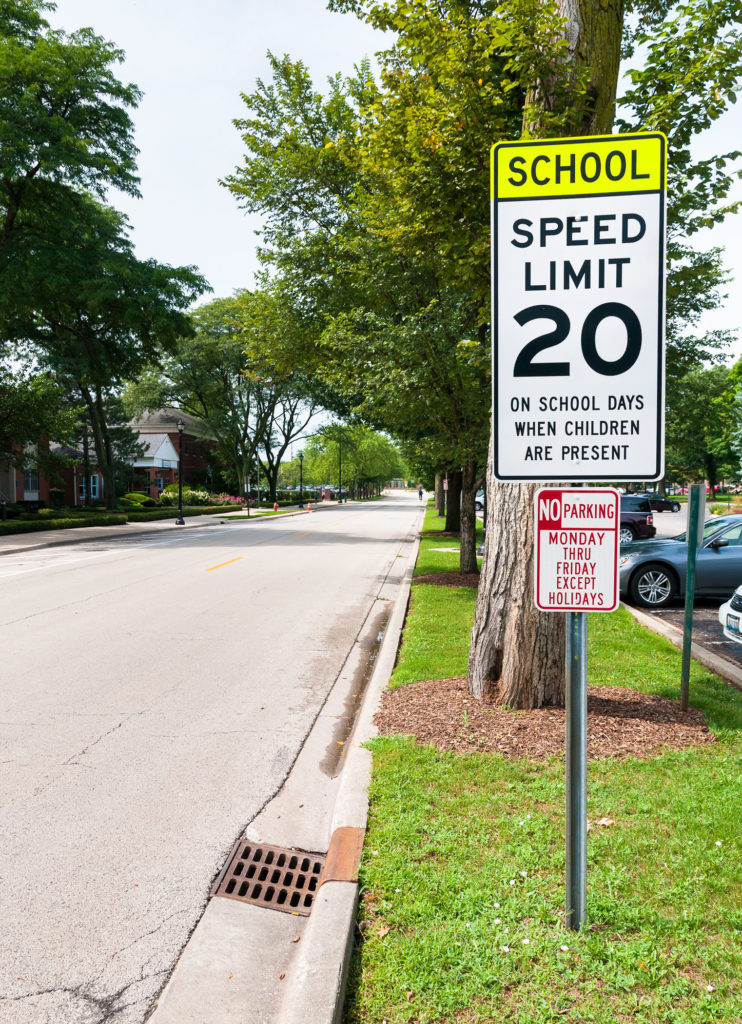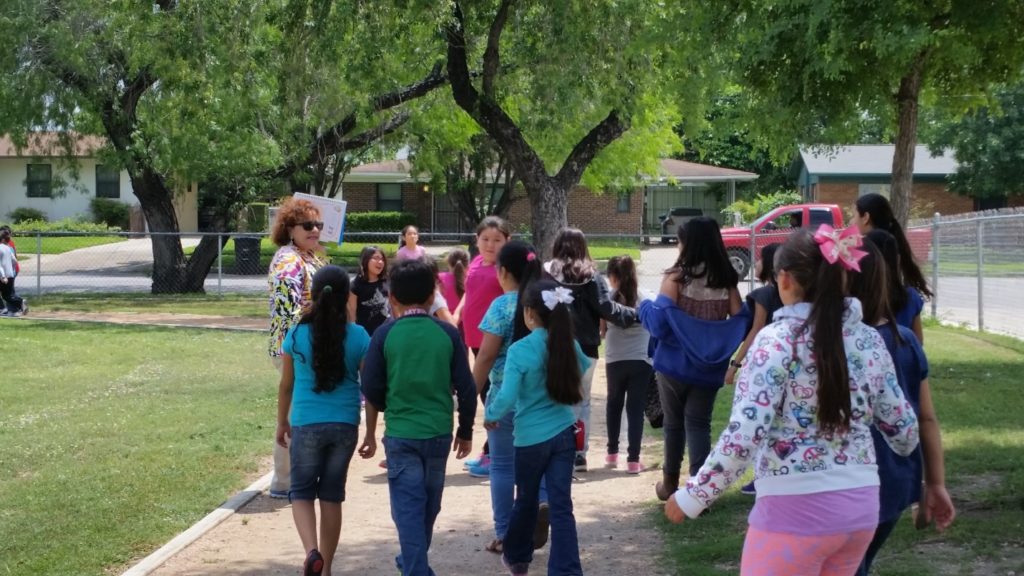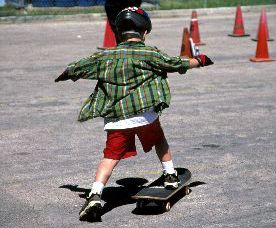Back-to-school traffic safety a two-way street
AgriLife Extension expert offers tips for school zone, bus, pedestrian safety and more
Going back to school this year will look very different for many children, so they, their parents and others on the road may need a refresher on back-to-school traffic safety, said a Texas A&M AgriLife Extension Service expert.

In Texas, there were more than 400 school zone crashes in 2020, mainly caused by inattention or distracted driving. Other causes included failure to control speed and to yield the right of way.
“Whether it’s riding on a school bus, walking, peddling a bike or using a skateboard or scooter, it’s important that children are aware of any potential traffic safety hazards,” said Rachel Walker, AgriLife Extension traffic safety program director in the agency’s Family and Community Health unit, Bryan-College Station. “The same goes for motorists sharing the road with children and school buses.”
Driving in school zones
Drivers need to be particularly vigilant while driving through school zones, Walker said.
“Drivers should be alert to child pedestrians, bicyclists, skateboarders and others in school zones and residential neighborhoods,” she said. “Watch for bikes or skateboarders coming from driveways or behind parked cars, and check your side mirrors before you open the car door.”
Walker offered these additional tips for school zone safety:
— Refrain from using your mobile phone or other devices that may distract you.
— Be aware of where school zones begin and end, and obey speed limit signs.
— Drop off and pick up your children in your school’s designated areas, not the middle of the street.
— Be especially mindful of and cautious regarding children gathered at bus stops.
— Watch carefully for children who may dart across the street or from between vehicles.
School bus safety
While school buses are usually a safe way for children to travel to and from school, there are still risks when boarding or exiting those buses.

“Children should wait on the sidewalk and line up away from the street as the bus approaches,” Walker said. “And children should not approach the bus until it comes to a complete stop. When in the bus, buckle up if seat belts are available and stay in place for the entire ride. And remember to use the handrail when exiting the bus.”
She said if children must cross in front of a school bus, they should make sure they are at least 10 feet away from the bus so they and the bus driver may see one other.
“Teach children to wait until the bus driver signals that it is safe to cross and look for oncoming traffic,” she said.
Walker had some additional tips on how motorists can better share the road with school buses, including:
— Follow at a safe distance, keeping in mind it will make frequent stops.
— Stop for flashing red lights or a stop sign on a school bus, regardless of which direction you’re headed.
— Yield to children and other pedestrians in crosswalks and take extra care in school zones.
— Never pass a vehicle already stopped for a school bus or a school bus that’s loading or unloading.
— Do not block a crosswalk when stopped at a red light or waiting to make a turn.
— Stop and yield to pedestrians crossing in the crosswalk or at intersections.
— Stop for school patrol officers and crossing guards.
Children walking to school
Walker suggested parents or other caregivers practice walking to school with their children and showing them where and when to cross streets.

“Children walking to school should be taught to use the sidewalk if there is one,” she said. “Or they should learn to walk close to the curb where they would be facing oncoming traffic.”
Other advice Walker had for young pedestrians included:
— Cross the street at intersections or marked crosswalks. Look left, right and left again before proceeding.
— Obey crossing guard instructions.
— Make eye contact with drivers before crossing the street and never assume a driver sees you.
— Look for traffic when stepping off a bus or from behind parked cars.
— Do not run out in front of a parked car.
“Motorists should also be mindful of children in school zones, near playgrounds and parks, and in residential areas,” she said. “Don’t honk or rev your engine to scare a pedestrian, even if you have the right of way. Don’t ever pass a vehicle already stopped for pedestrians; always use the greatest possible caution to avoid hitting a pedestrian, regardless of who has the right of way.”
Bicyclists, skateboarders and scooter riders
The most common cause of a vehicle/bicyclist collision is a driver turning left in front of a bicyclist.

“When passing a bicyclist, proceed in the same direction slowly and leave at least 3 feet between your car and the cyclist,” Walker said. “When turning left, and a bicyclist approaches in the opposite direction, wait for the rider to pass. If you’re turning right and a bicyclist is approaching from behind on the right, let them go through the intersection first.”
She said motorists should be aware that children riding bikes, scooters or skateboards may suddenly turn in front of them without looking or signaling, so give them extra space when following.
“Also, bike riders, skateboarders or other ‘children on wheels’ should always wear properly sized, secured helmets and brightly colored clothing,” she said.
Walker’s additional tips for bicyclists included:
— Pay attention to lane markers and riding single file on the right side of the road.
— Come to a complete stop before crossing the street and then walking the bike across the street.
— Obey stop signs and traffic lights when riding a bike and do not get too close to car doors as these may open suddenly.
— Ride near the curb in the same direction as the traffic and use hand signals to indicate where you’re turning.
— Follow traffic rules, signs and signals.
She noted young pedestrians on wheels should also avoid using headphones or electronic devices that could distract them or make it difficult to hear or see what’s happening around them.
“Traffic safety really is a two-way street,” Walker said. “Pedestrians and drivers sharing the road are responsible for one another’s safety and should always be alert to any potential dangers. And back-to-school traffic safety requires that everyone remain patient, alert and vigilant, obey all traffic rules and avoid distractions.”


